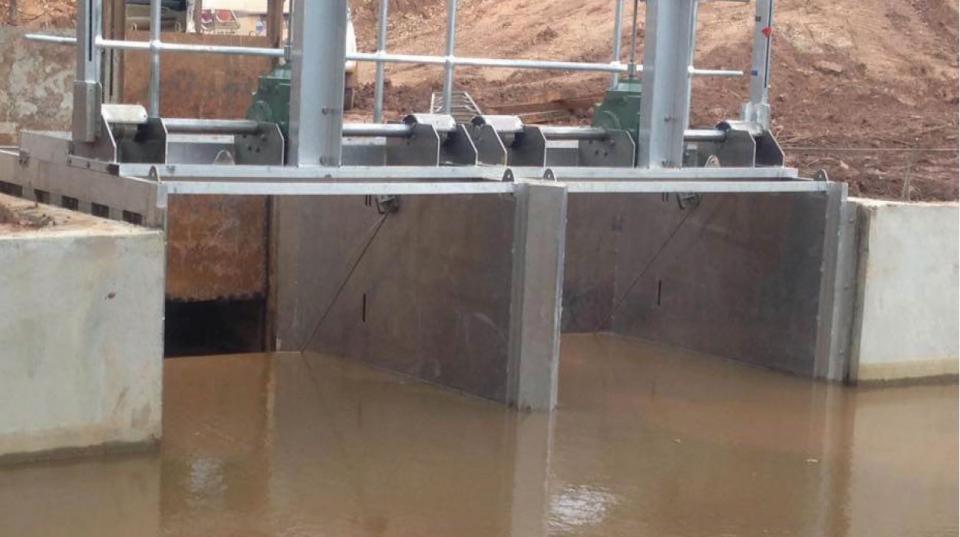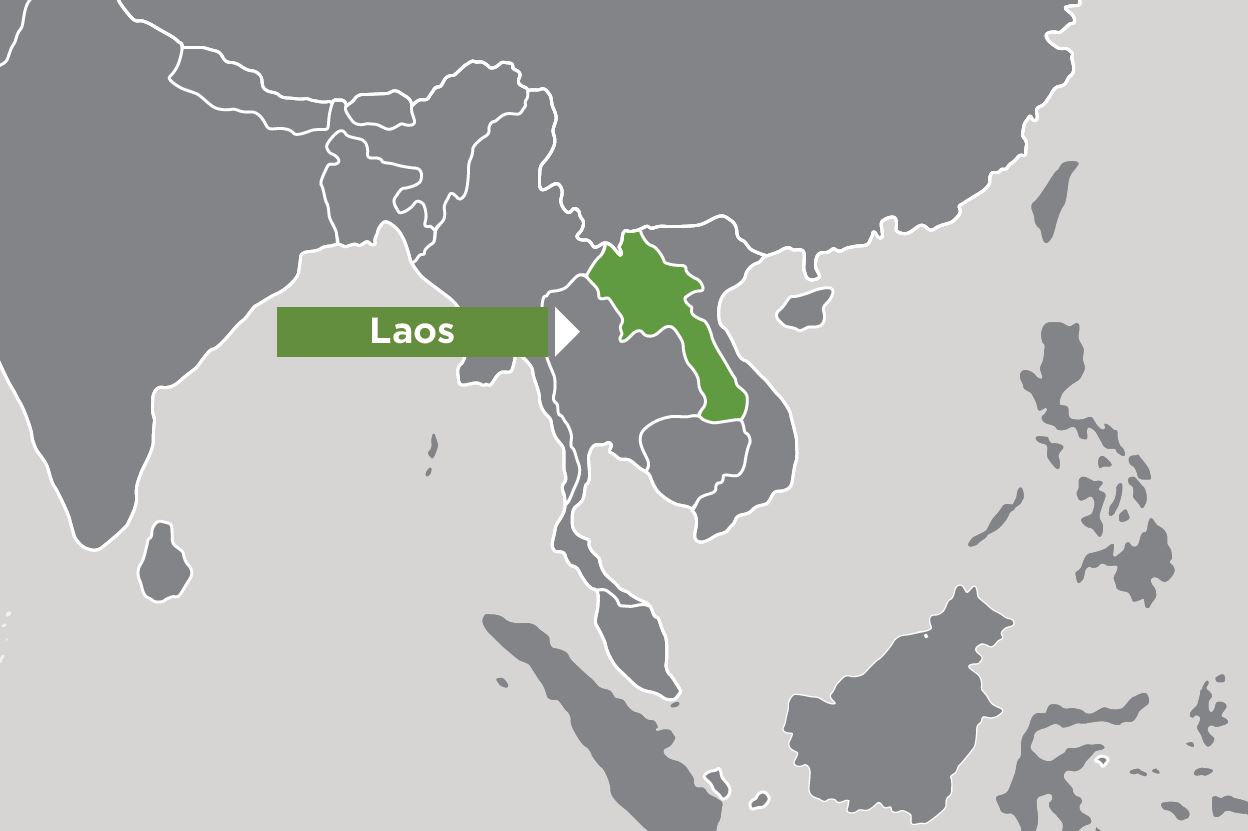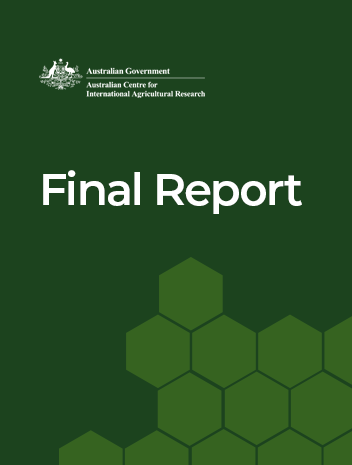Overview
This project aimed to increase the value of the largest freshwater fishery in the world, in Laos, through improved irrigation design.
In the Lower Mekong Basin (LMB), more than 80% of rural households are involved in capture fisheries. Fish is an important source of animal protein for the people of the Laos, and fish capture is integral to their traditional way of life.
Developments in infrastructure design will improve fish survival, support fisheries production, and increase incomes of farmers and fishers. By adapting irrigation structures, fish mortality—currently up to 90% through the expansion of wetland regulators—can be decreased.
Recent research suggests up to 70% of fishery species are at threat from the expansion of dams, weirs, regulators and hydropower facilities. This is because their survival depends on migration within rivers, and between rivers and floodplain wetlands. While significant progress has been made in restoring the safety of upstream fish movements, there has been little to no focus on critical downstream migrations, a key outcome expected during this research project.
Project outcomes
- Increased awareness among local farmers, irrigation management authorities and donor bodies in Laos and Riparian countries of welfare issues faced by fish at irrigation infrastructure, and of effective solutions.
- Adoption by management authorities of fish-friendly design criteria for the upgrade of wetland regulators.
- Increased awareness among local farmers and management authorities of the economic, social and environmental benefits achieved through a holistic approach to fish passage restoration.
- Increased fisheries catches and incomes of farmers and fishers, due to increased fish survival rates.
- Greater capacity of Lao scientists on a more holistic approach to fish passage research and development and rehabilitation–both upstream and downstream.
- Greater knowledge and techniques to further improve the sustainability of flood plain development.
- Preservation of the most important source of animal protein for the Lao population, as well as preservation of an important, traditional way of life.






